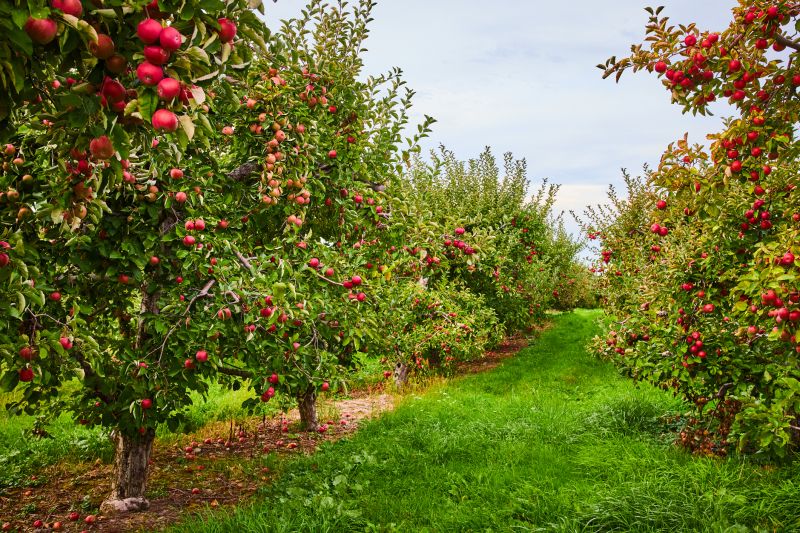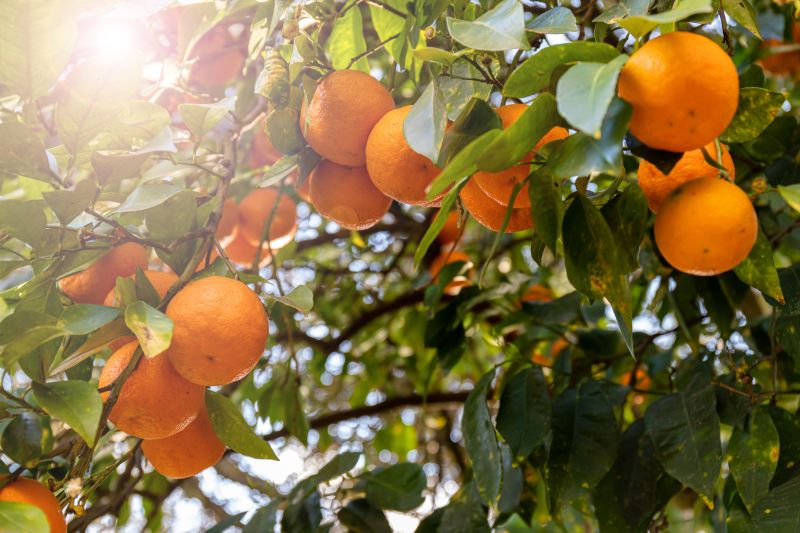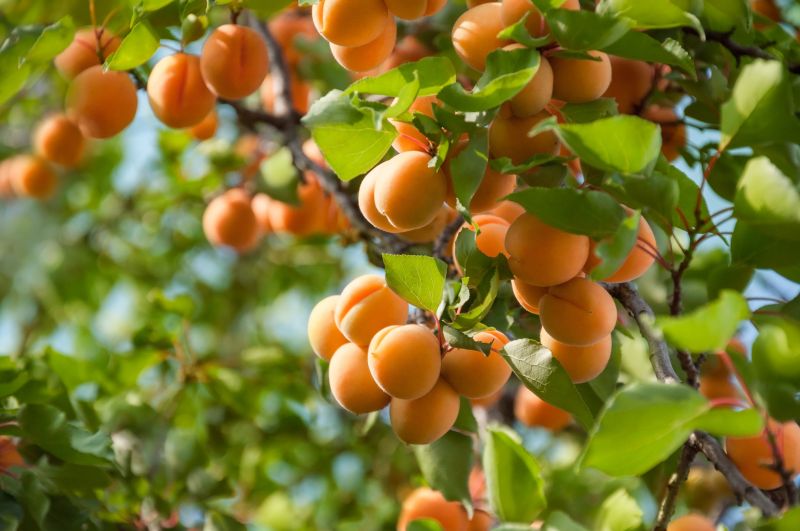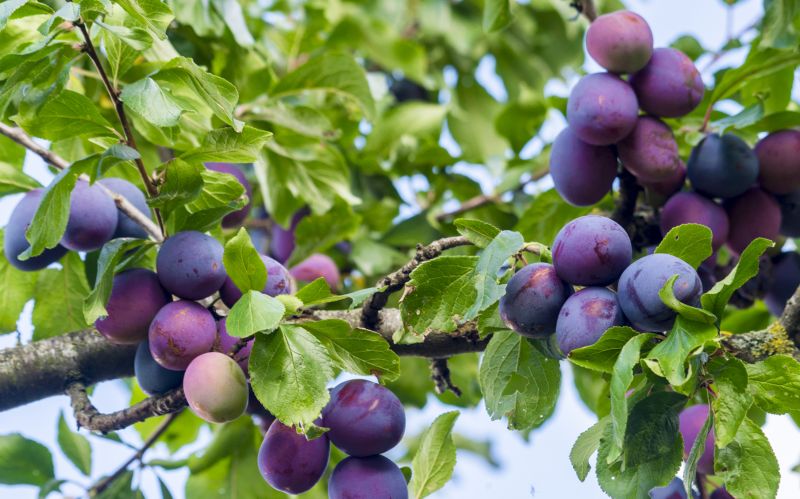Fruit tree pruning is an essential practice that promotes healthy growth, maximizes fruit production, and extends the life of your trees. Regular pruning helps shape the tree, improve sunlight penetration, and remove dead or diseased branches that could hinder development. When done correctly, pruning prevents overcrowding, reduces pest infestations, and enhances air circulation within the canopy. It's not just about aesthetics—proper pruning significantly improves the overall health and productivity of your fruit trees.
Benefits of Fruit Tree Pruning
- Healthier Trees:
Removing dead, damaged, or diseased branches improves the tree’s vitality and helps prevent the spread of disease. Healthier trees are more resilient to environmental stress and have stronger structural integrity.
- Improved Fruit Quality:
Pruning allows more sunlight and air to reach the inner branches, which leads to larger, sweeter, and more evenly ripened fruit. It also reduces the risk of fungal infections and pest infestations that can affect fruit quality.
- Better Tree Structure:
Shaping young trees through pruning helps develop a strong framework, which supports heavier fruit loads and minimizes breakage. A well-pruned tree is easier to harvest and maintain as it matures.
- Increased Yield:
Proper pruning stimulates new growth and encourages more fruiting wood, which can lead to more abundant harvests over time. Annual pruning helps the tree use its energy efficiently for fruit production.
- Enhanced Safety:
Removing weak or overhanging branches minimizes the risk of falling limbs during storms or high winds. This makes your outdoor space safer for people, pets, and surrounding property.
Our Service
- We connect you with skilled professionals in your area.
- You'll receive fast and accurate quotes.
- Select the best offer based on your needs.
- Let local contractors handle the job for you!
FAQs About Fruit Tree Pruning
When is the best time to prune fruit trees?
The ideal time to prune most fruit trees is during late winter or early spring, before new growth begins. This timing encourages healthy new growth and minimizes stress on the tree.
How often should fruit trees be pruned?
Fruit trees should be pruned annually to maintain their shape, health, and fruit production. Consistent care helps avoid overgrowth and makes future pruning easier.
Can I prune my fruit tree myself?
While light pruning can be done by homeowners, major pruning should be left to professionals who understand tree structure and proper cutting techniques. Incorrect pruning can harm the tree or reduce fruit yield.
What tools are needed for pruning?
Common tools include hand pruners, loppers, pruning saws, and sometimes pole pruners for higher branches. All tools should be clean and sharp to ensure clean cuts and prevent disease spread.
Does pruning help prevent pests?
Yes, pruning improves airflow and reduces dense areas where pests and diseases often thrive. It also allows for bett







